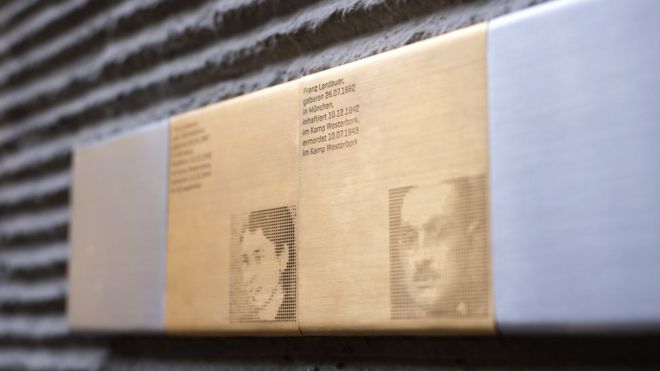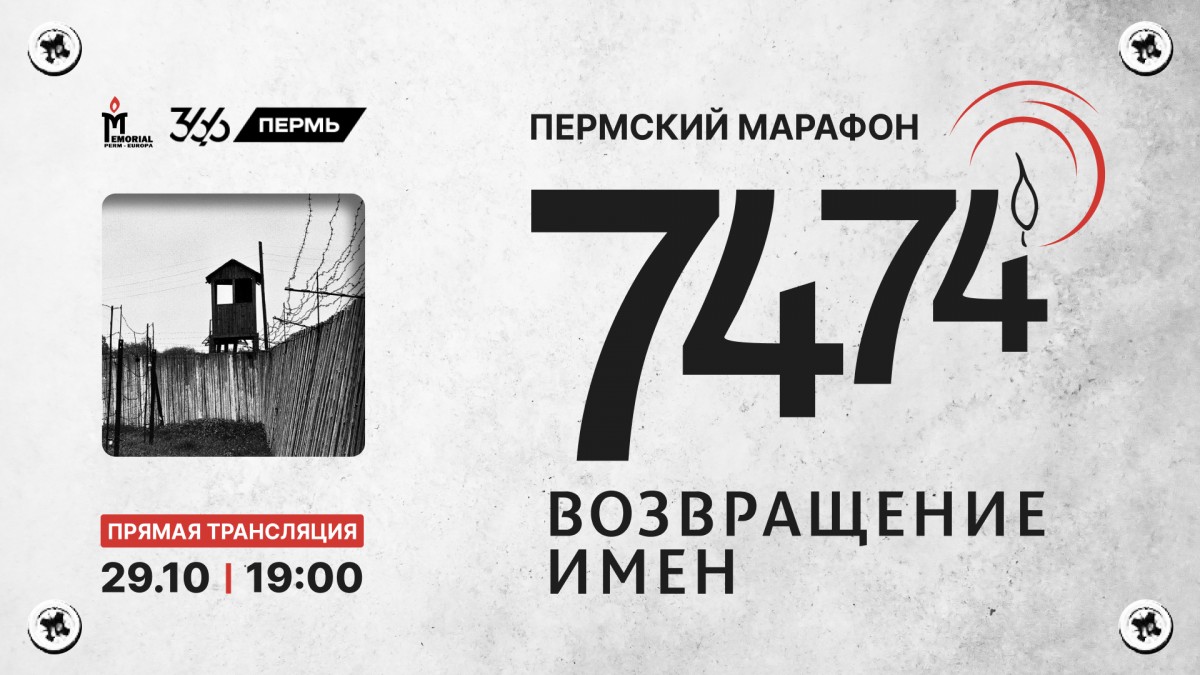Munich replaces 'disrespectful' Holocaust memorials
29.07.2018

The first of Munich's new Holocaust plaques went up on Thursday
The authorities in Munich have begun installing new Holocaust memorials to replace brass cobblestone reminders of the Nazis' victims.
The cobblestones are considered disrespectful by Bavarian Jewish leader Charlotte Knobloch and some other critics, mainly because they get dirty and are trodden on.
They also exist in more than 1,000 places in Europe.
In Munich they are being replaced with new plaques and steles.
These are being installed at the last known addresses of Holocaust victims. However this initiative is so far only taking place in Munich.
- Setting the memory of Holocaust victims in stone
- Germany to fight anti-Semitism in schools
- The Holocaust year by year
The city says the new memorial system will commemorate 10,000 Munich men, women and children murdered by the Nazi dictatorship in 1933-1945.
In December Bavaria's supreme court backed the city's 2015 decision to replace the cobblestones, or "Stolpersteine" ("stumbling stones" in English), which lie in the pavement outside victims' former homes or workplaces.
But the stones, created by the German artist Gunter Demnig, also have many supporters in Germany and elsewhere. A petition to stop Munich removing them has collected more than 100,000 signatures, Deutsche Welle reports.
A plaque installed on Thursday commemorates Tilly and Franz Landauer. Tilly died in Auschwitz death camp in 1944, and Franz in Westerbork camp in the Netherlands, in 1943.
Franz was the brother of former Bayern Munich football club president Kurt Landauer, who fled to Switzerland in 1939.
The first steles, coloured gold and silver, also went up on Thursday. They commemorate philologist Friedrich Crusius, who was mentally ill and murdered by the Nazis in 1941, and Jewish couple Paula and Siegfried Jordan, also murdered in 1941, who were art curators.
In the heart of Berlin a memorial consisting of almost 3,000 stone blocks commemorates the six million Jews murdered by the Nazis.
Поделиться:
Рекомендуем:
22.11.2024 | Гулаг прямо здесь. Райта Ниедра (Шуста). Часть вторая: «Как машина едет, думаю, сейчас меня заберут»
21.11.2024 | Гулаг прямо здесь. Райта Ниедра (Шуста). Часть первая: «Нас старались ликвидировать»
19.11.2024 | Арнаутова (Шадрина) Е.А.: «Родного отца не стала отцом называть» | фильм #403 МОЙ ГУЛАГ
•Мартиролог репрессированных
•Организация досуга
•Воспоминания узников ГУЛАГа
КНИГА ПАМЯТИ | Власть скрывала правду
КНИГА ПАМЯТИ | Боялись, ждали, что сейчас придут
КНИГА ПАМЯТИ | Главная страница, О проекте
blog comments powered by Disqus

